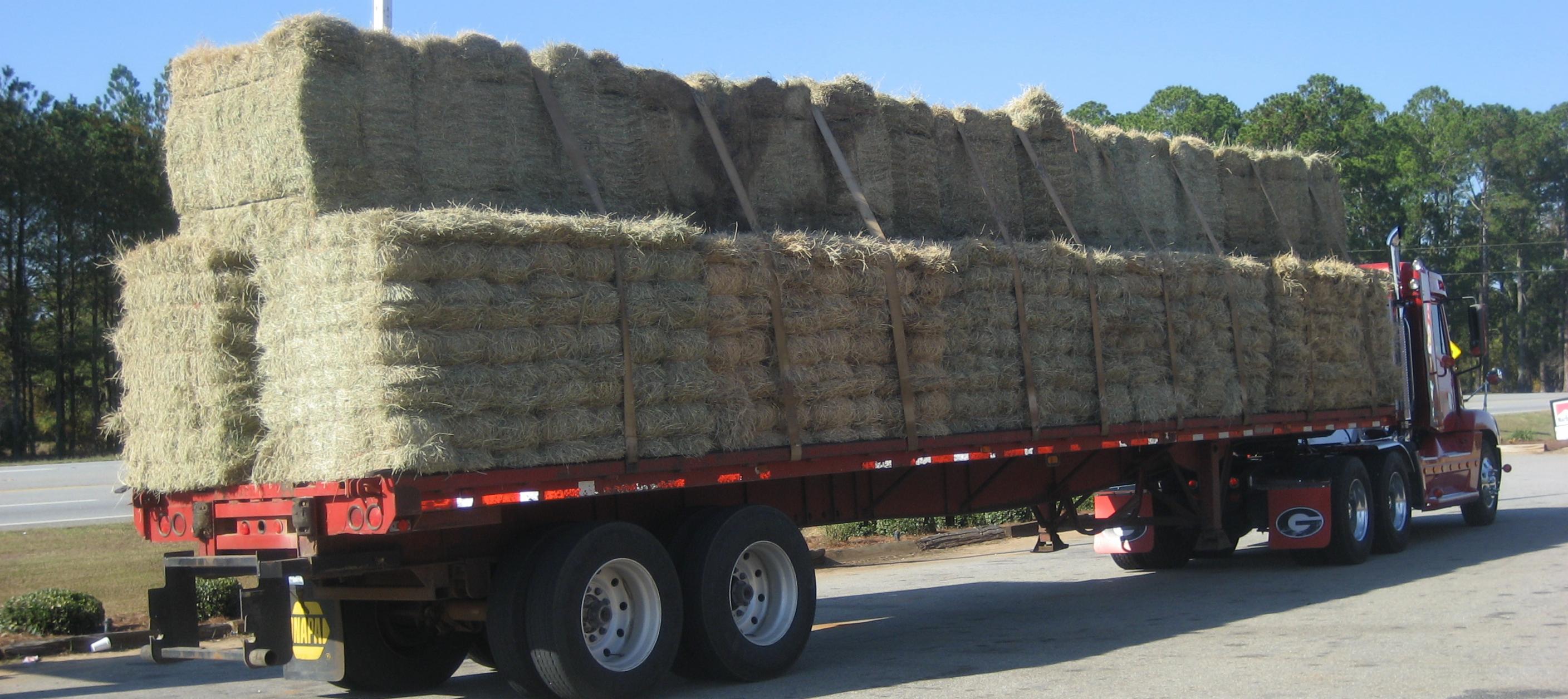
FORAGING AHEAD WITH DR. DON BALL: HAY TRANSACTIONS
Millions of dollars worth of hay are sold in the United States each year. Successful hay transactions result mostly from application of “common sense,” but discussion of some points that should be considered is provided in this article.
Objectives
A hay producer needs to identify the particular market that he (or she) wants to serve. The more clearly the market is identified and the better the unique needs of the market are met, the easier it will be to profitably market the hay. Some considerations that might come into play are forage species, quality, color, smell, feel, type of hay package, and especially the nutritional needs of the animals that will consume the hay. The objective of the buyer is to obtain hay of the type he (or she) needs, and to purchase it at a fair price. Otherwise he will likely pay more than is necessary, and/or fail to obtain hay that will meet the nutritional needs of his animals. It would seem that the need for a seller to make a profit, and the need for a seller to purchase hay at a reasonable price, are direct opposition, but in most cases there is room for both objectives to be satisfied.
Finding The Deal
Most hay producers need to advertise their hay, at least when they first get into the business. There are many ways to do this including periodicals, local newspapers, or computer listings. Signs placed in front of the farm are often associated with people who are not really in the hay business year-in and year-out, but even this simple technique is effective for some large scale commercial producers. The principle is simple: advertising must reach potential buyers.
Buyer/Seller Discussions
The seller needs to understand what the buyer wants and needs, and the buyer needs to understand what the seller has to offer. If the buyer cannot inspect the hay in advance of delivery, the terminology used when hay is discussed is critically important. For example, what “leafy” means to one person may mean something different to someone else. The same is true for many other terms such as “stemmy,” or “bright green,” or “soft.”
Agreement on price is obviously important. The ball is in the seller’s court first because he sets the price at which his hay will be offered. A hay producer won’t be in business for long if he is making little or no profit, so determining the input costs is a first important step in pricing hay. Costs associated with hay include production, harvesting, advertising, and perhaps storage and transport.
Storage is an area in which expenses can easily be underestimated. Storage costs can include shrinkage (5 to 10% is possible), storage building depreciation (5% per year is a good figure to use), repairs (2% is usually about right), taxes, and insurance. Other price factors may include nutritive analyses, appearance (which, unfortunately, is often considered more important than nutritive value), and the cost of alternate feeds. Hay buyers often talk to other buyers and also to other sellers, which tends to keep hay prices from getting too far out of line. The current market for hay is a final determinant of price. Hay can be sold either by the bale or by the ton, but forage quality, bale weights, and hay moisture content can vary. Therefore, the real value of a given quantity of hay can vary greatly.
Details
There is an old saying that “the devil is in the details.” Details that can apply to buying and selling hay include issues related to transport, unloading, buyer refusal options, and the method and time of payment. Experienced hay sellers spend a lot of time on the phone or in face-to-face contact with buyers, especially with people to whom they have never sold hay before. With regard to transaction details, communication is a key to avoiding problems. A high percentage of the hay sold occurs in transactions between buyers and sellers that have dealt with each other before. Long term success depends on reputation and trust.
___________________
Foraging Ahead is a column presented by Ragan & Massey and written by Dr. Don Ball, Professor Emeritus at Auburn University. Dr. Ball is one of the authors of “Southern Forages,” available here.